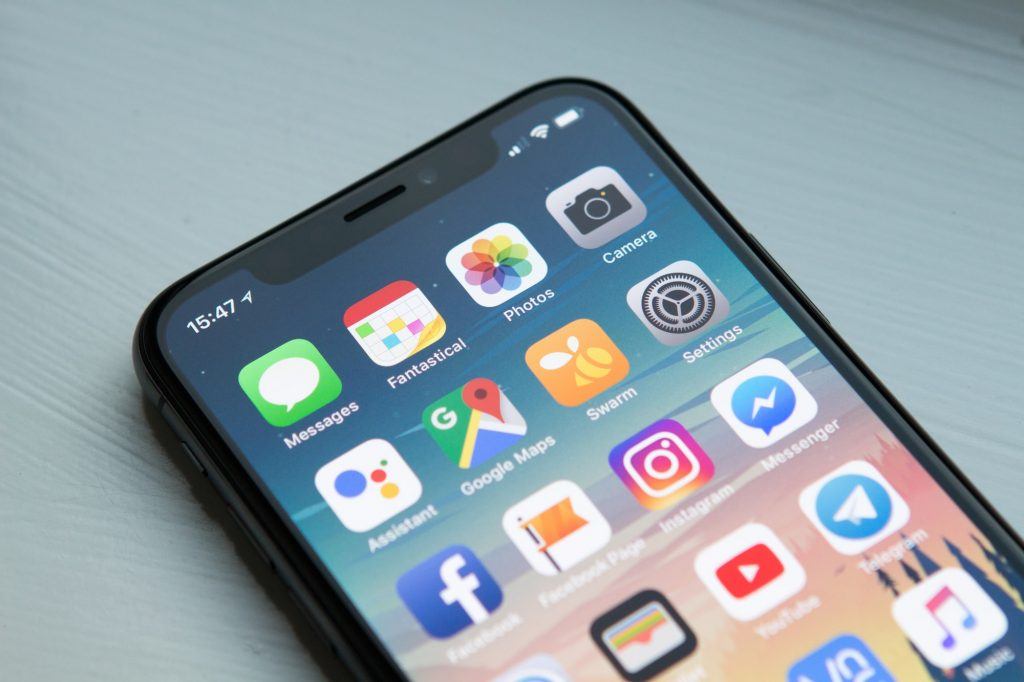
Recently, we helped a client build their first software product: an iOS app. When it came time to release the app into the App Store, our client asked an innocent question:
“So…should our app be free or paid?”
We were able to advise them on a direction that made sense for their project, but I realized that my thoughts on the subject were based on scattered blog posts, articles, and other random knowledge I’d accumulated during the past few years.
Here’s a quick rundown of the three basic pricing models to consider.
Free Apps
- Business case: lead generation/loss leader
- Can be used to prove excitement/market interest or test our innovative idea
- Low barrier to entry leads to more users quickly (can go viral)
- Positive reviews more likely, but support burden is higher
- The majority of consumer apps (B2C) are free
Paid Apps
- Business case: new product/service offering
- Can be used to prove financial viability
- Less users, but more loyal (already ‘invested’ in the app)
- Positioned as higher quality/premium
- Could be a one-time fee or a recurring subscription
- Apps sold to businesses (B2B) are often paid
“Freemium” Apps
- Business case: most profitable route if your app is compelling and “sticky”
- Multiple monetization options – Part of the app is free, part of the app is “locked” until you pay or upgrade
- In-app purchases
- Separate Free/Pro versions (different apps)
- Advertising/brand sponsorship
- Support contracts for large organizations (enterprise licenses)
- Usually requires frequent content updates and new features to keep users engaged
This high-level overview is a great icebreaker to get people thinking about what pricing option makes the most sense for their Android or iOS apps.
The pricing model can have a big impact of the success of an app — both from the end-user’s point of view and from a financial perspective.
Need Help?
At SEP, we help clients design and develop mobile applications to solve their business problems and can advise on every step of the process, including pricing and getting your app into the store and ready for launch.
You can explore some of our mobile work here and learn more about what we do here. If you could use help with your mobile app, reach out to us here.